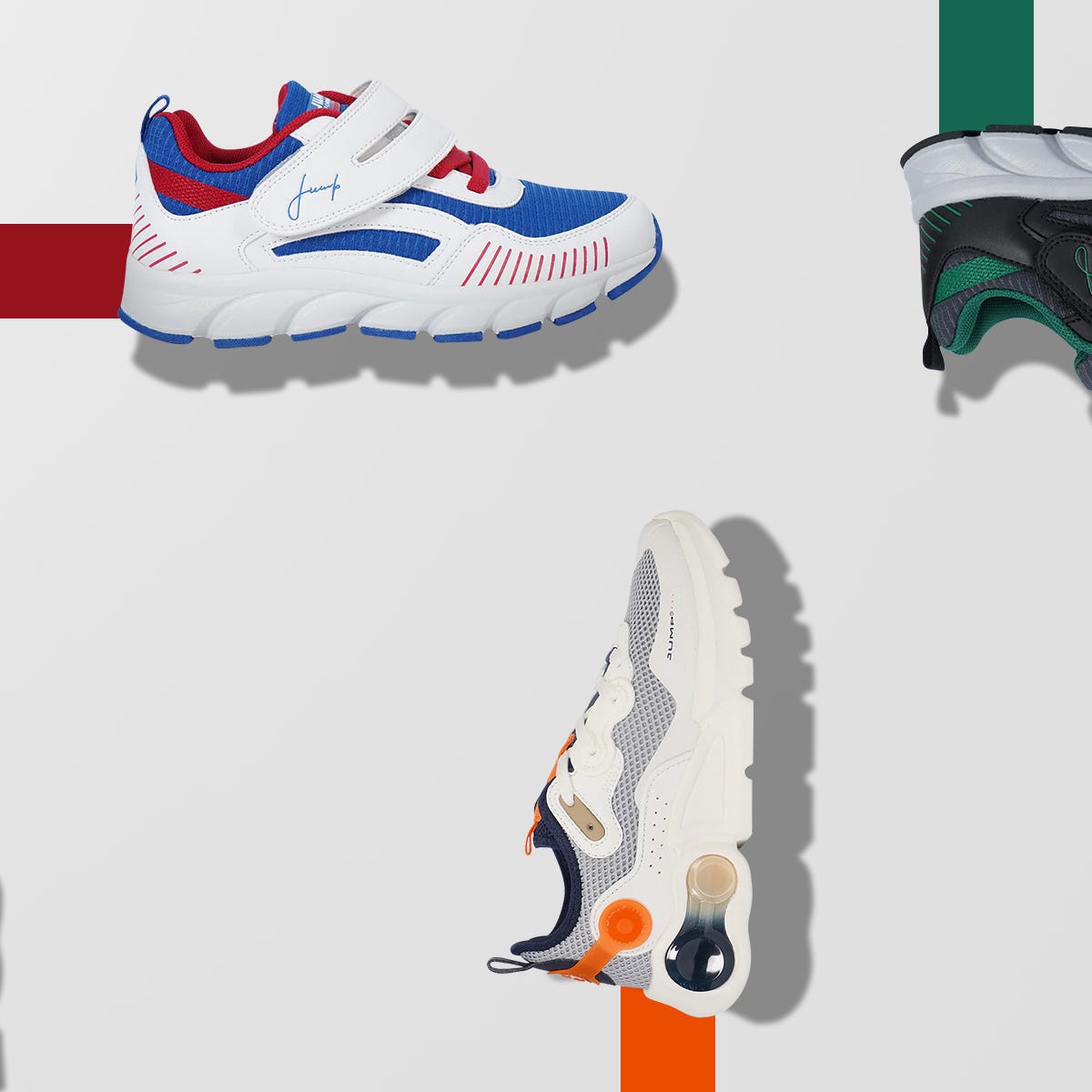The fashion industry can increase sustainability by adopting eco-friendly materials and embracing circular economy principles. Implementing renewable energy sources and reducing waste are essential steps.
With the urgent need to address climate change, the fashion industry faces a pivotal moment in 2024. Sustainability is no longer a niche market trend but a core element of future business strategies. Consumers increasingly demand eco-conscious products, pushing the industry to rethink production and distribution methods.
As brands strive for a greener image, they must integrate sustainable practices from the sourcing of environmentally-friendly fabrics to innovative recycling programs. By shifting toward low-impact operations, the fashion sector not only contributes to the well-being of the planet but also meets the evolving preferences of its consumers. Crafting a comprehensive approach to sustainability is essential for companies aiming to remain competitive and responsible in the ever-changing fashion landscape.
Fashion’s Environmental Footprint
Fashion’s environmental impact is significant, with the industry often linked to high levels of textile waste and pollution. The fast fashion model contributes to a cycle of excessive consumption and disposal, causing harm to our planet. Brands produce clothes quickly to keep up with trends, leading to a surplus that often ends up in landfills.
Carbon emissions from production processes and shipping add to fashion’s environmental toll. The use of water is also excessive, especially in dyeing and finishing fabrics. To lessen this impact, measures should be taken to reduce carbon output and revise water-intensive practices.
Here is a snapshot of the core issues:
| Issue | Details |
|---|---|
| Textile Waste | Excess production leads to landfill overflow. |
| Pollution | Chemicals in dyes harm ecosystems. |
| Carbon Emissions | Transportation and manufacturing processes. |
| Water Usage | Large volumes needed for fabric production. |
.jpg)
Credit: www.vogue.com
Material Matters
The fashion industry is embracing sustainability through innovative fabrics. Designers now use materials like hemp, bamboo, and recycled polyester which reduce environmental impact. Eco-friendly practices are central to production, with a focus on lowering water usage and reducing chemical dyes.
Recycling and upcycling textiles prevent excess waste. Garments are repurposed to create new pieces. This extends the life cycle of textiles. By doing so, fashion lowers its carbon footprint.
| Material Type | Benefits |
|---|---|
| Organic Cotton | Less water use, no pesticides |
| Recycled Nylon | Reduces landfill waste |
| Biodegradable Fabrics | Decomposes naturally |
Organic and biodegradable materials are vital. They ensure nature’s balance. Clothes made this way return to earth safely. Fashion’s future shines brighter with such practices.
Sustainable Production Techniques
The fashion industry is embracing sustainable production techniques. Key methods include rethinking manufacturing processes to reduce waste. Advanced tech optimizes pattern cutting for less fabric scrap. Sustainable materials are replacing traditional ones.
Energy efficiency is crucial too. Brands are investing in renewable energy sources like solar and wind. Factories are upgrading to energy-saving machinery and lighting. It cuts carbon footprints, a major industry goal in 2024.
Water conservation is another focus. The industry is limiting water use in dyeing fabrics. New dyeing tech uses less water and is better for Earth. Companies are setting up water recycling systems in production. It saves millions of gallons yearly.

Credit: medium.com
The Circular Fashion Movement
The circular fashion movement aims for long-lasting wear and minimal waste. One key approach is to extend the lifespan of clothing. Designers focus on quality and durability during production. Clothes must last longer and remain in style.
Another exciting development is the rise of fashion rental services. These platforms allow people to rent clothes for special events. It reduces the need to buy items that will be worn only once.
Take-back schemes are also gaining popularity. Brands initiate programs where customers can return old garments. In turn, brands recycle or repurpose them. This helps in reducing clothing waste.
Consumer Involvement And Awareness
Educating shoppers on sustainability is key to fashion’s future. Simple acts like reading labels can help. Materials and processes used make a big difference. Look for organic, recycled, and renewable resources. Awareness leads to better choices.
Labels tell us much about clothes. Eco-labeling guides us to greener options. It shines a light on how things are made. Wearers become part of the solution. Wise choices support the planet.
Choosing less but better has impact. It means buying with purpose. Quality over quantity always wins. It lessens waste and saves energy. This is what mindful consumption is all about.

Credit: www.facebook.com
Policy And Collaboration For Change
Government regulations play a vital role in the fashion industry’s sustainability. They set strict environmental standards for manufacturers. Policies must encourage companies to adopt eco-friendly practices. Offering tax incentives for sustainable operations can motivate change.
Building partnerships brings together brands, designers, and suppliers. They work on innovative sustainable techniques. Partnerships can lead to new material development and recycling methods. Collaboration is key for large-scale impact in 2024.
For fashion brands, setting transparent goals is crucial. Such [commitments](#) drive the industry forward. Many aim to reduce carbon footprints and water usage. They focus on long-term sustainability in their supply chains. Brands must report progress regularly to ensure accountability.
Conclusion
Embracing sustainability is essential for the fashion industry’s future. By adopting eco-friendly materials, rethinking production methods, and fostering consumer awareness, change is possible. Let’s innovate for a greener 2024, ensuring fashion’s beauty extends to its environmental impact. Together, we can craft a wardrobe that cares for our planet.







